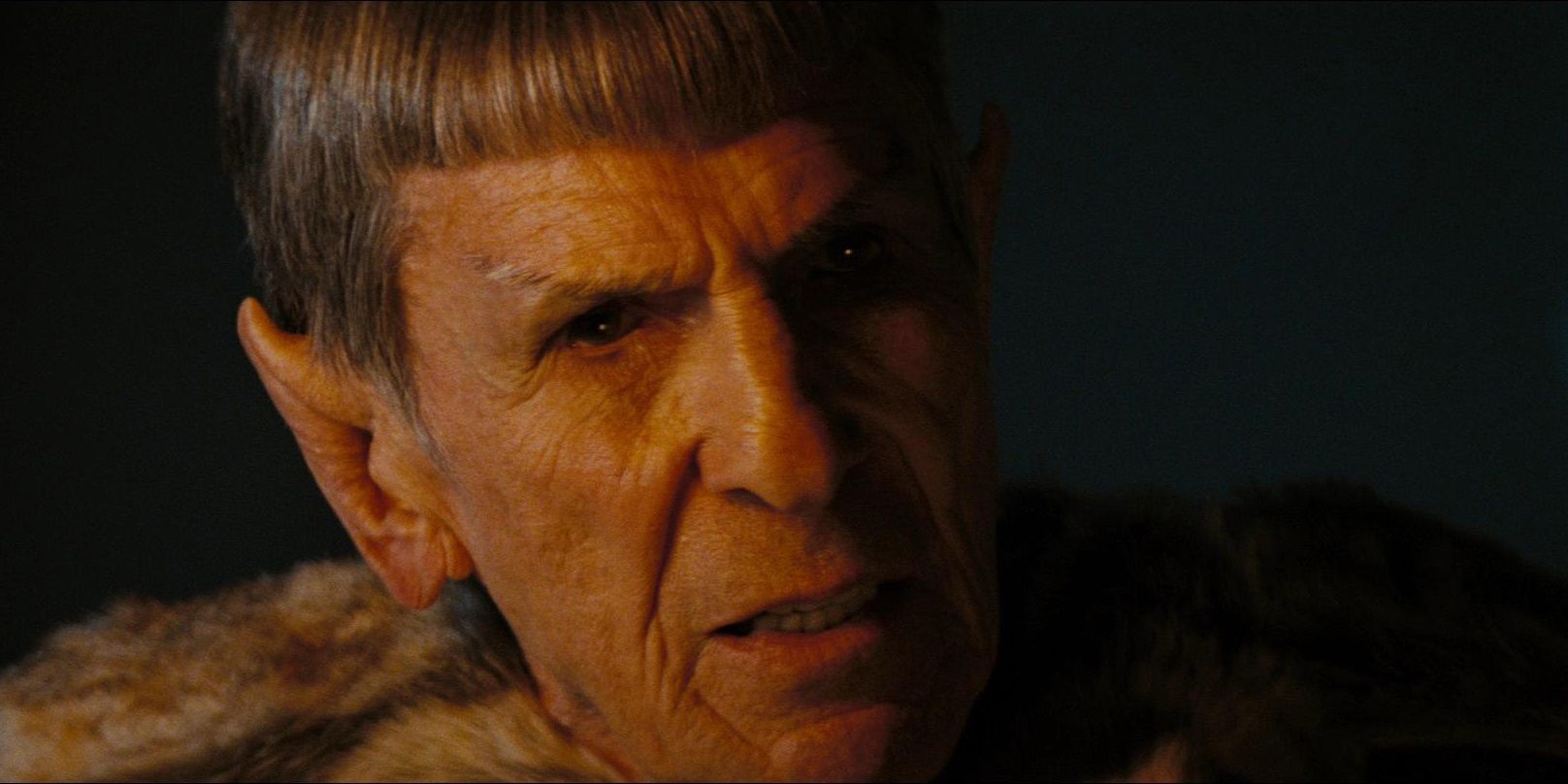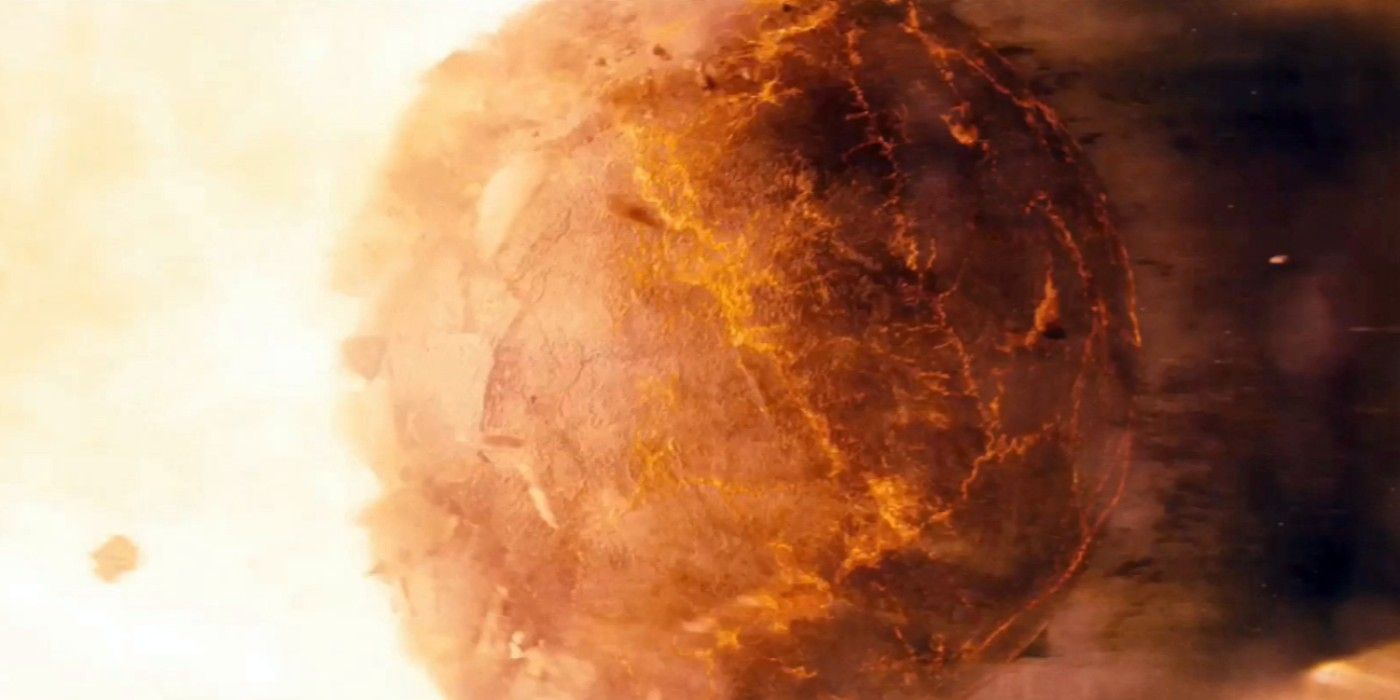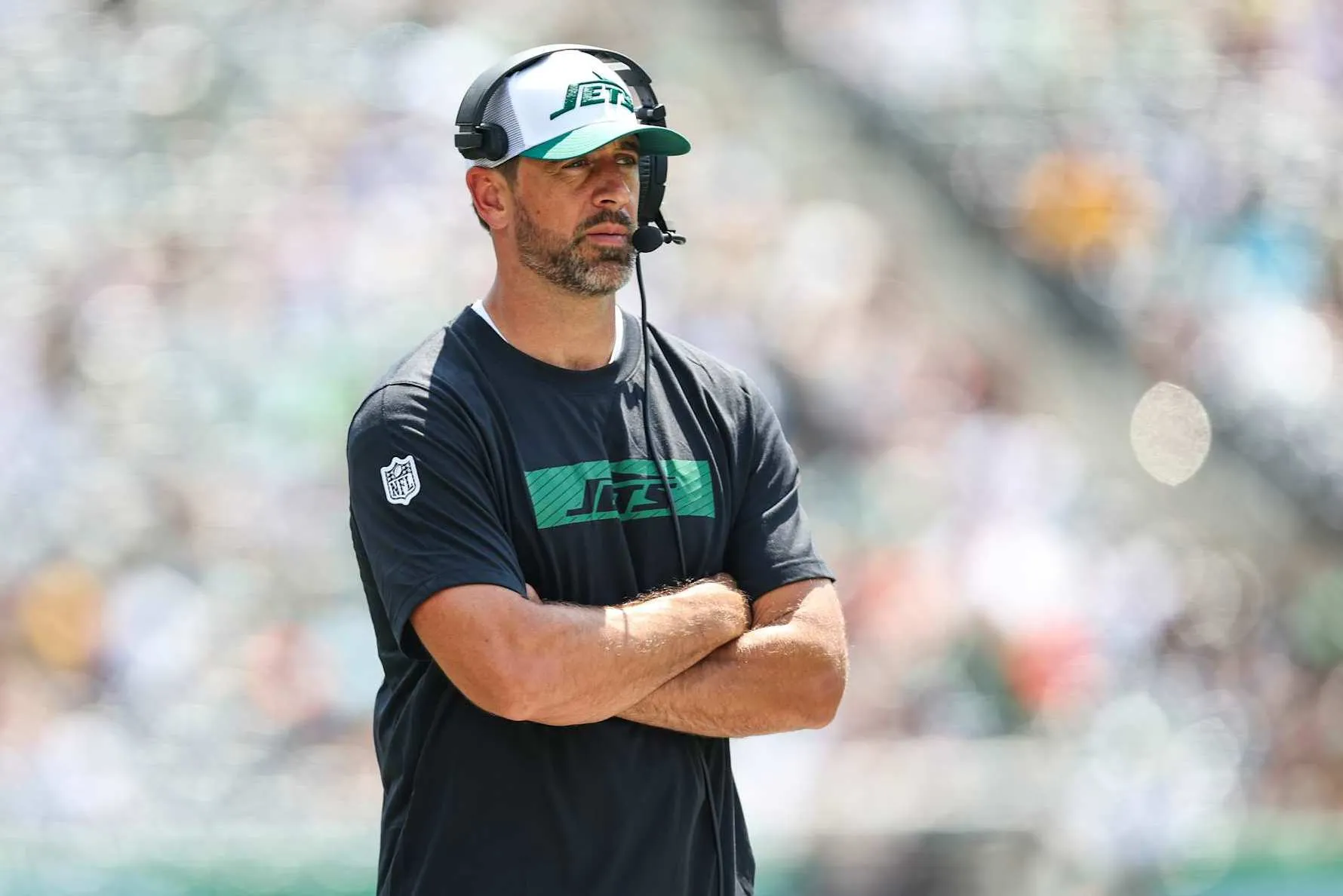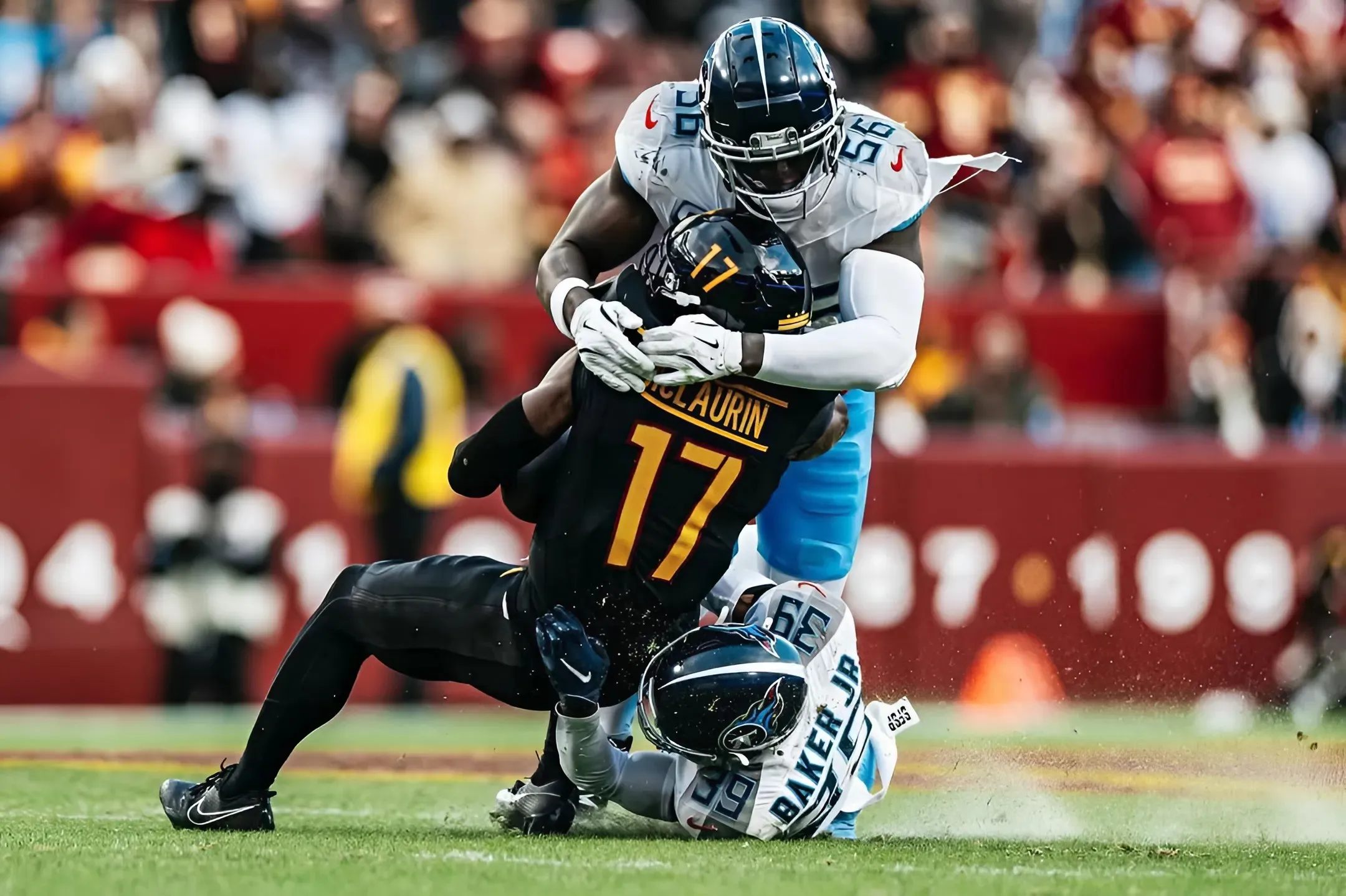Star Trek never showed the full aftermath of one of the franchise's greatest tragedies that profoundly affected Ambassador Spock (Leonard Nimoy) and Admiral Jean-Luc Picard (Patrick Stewart). Although there have been several major disasters throughout Star Trek's vast timeline, few cataclysmic events were as devastating as the Romulan supernova that took place in 2387. Starfleet mounted a massive rescue effort upon learning of the supernova, but the rescue armada was mostly destroyed when rogue synths attacked the Utopia Planitia shipyards on Mars. Starfleet then called off the rescue effort and went on the defensive.

Introduced in Star Trek: The Original Series, the Romulans have long been enemies of the United Federation of Planets, and the devastating Romulan supernova altered the balance of power in Star Trek's galaxy. A disaster like this should have affected everyone in the Beta Quadrant, the Federation, and neighboring star systems, but the Romulan supernova has largely been treated as a backdrop for other stories. Star Trek has explored how the supernova affected individuals like Spock and Picard, but has not dealt with the ramifications it should have had on the rest of the galaxy.
Star Trek’s Romulan Supernova Sent Spock To The Alternate Kelvin Timeline
The Romulan Supernova Was The Catalyst For The Creation Of The Kelvin Timeline

The Romulan supernova was a central plot point of J.J. Abrams' 2009 Star Trek film, as it was the catalyst that led to the creation of the alternate Kelvin timeline. After Starfleet abandoned the Romulan evacuation efforts, Ambassador Spock hatched a plan to stop the supernova using red matter to create a black hole. Tragically, Spock was too late to save Romulus, although he did manage to prevent the supernova from expanding even further. A Romulan named Nero (Eric Bana) lost his wife and unborn child in the disaster and swore vengeance against the Federation and Spock.
Star Trek: Picard Has Shown How The Romulan Supernova Affected Jean-Luc
The Aftereffects Of The Romulan Supernova Led Jean-Luc Picard To Abandon Starfleet

Star Trek: Picard season 1 revealed that Admiral Jean-Luc Picard had led the evacuation efforts and intended to command the rescue armada meant to relocate around 900 million Romulans. After Starfleet halted the rescue efforts in the wake of the Attack on Mars, Picard resigned from Starfleet in protest, incorrectly assuming they would refuse his resignation. Flashbacks in Picard season 1 showed Jean-Luc interacting with Romulan refugees on the planet Vashti, which had been allocated as a Romulan Relocation Hub by the Federation. Picard befriended a young Romulan orphan boy named Elnor (Evan Evagora), but he abandoned Vashti and Elnor after resigning from Starfleet.




